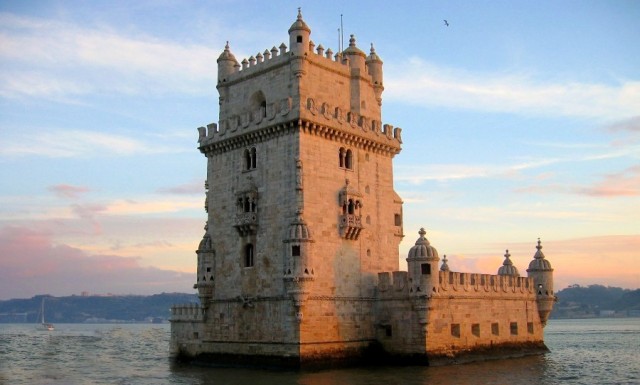 the Travel Enthusiast
the Travel Enthusiast
- 04 Mar
Adam in Amazing Places | NO COMMENTSLisbon
They say that “If you haven’t seen Lisbon, you haven’t seen beauty either”. The city is situated on the coast of the Atlantic, where river Tajo crosses through the city and the capital is the meeting point of Tajo with the Atlantic Ocean.
Its port, Mar da Palha, is one of the biggest natural ports in the whole world, the place where Portuguese explorers started their journeys. Lisbon is also know for having many beautiful palaces, churches, and streets, the reminders of a glorious empire.
The best way to reach Lisbon is by plane or by car. Popular travel season lasts from March to to the beginning of June and from September to the beginning of November.
The easiest and best way to visit and see Lisbon is with their own unique yellow trams. Bright yellow trams wind their way through curvy tree-lined streets, Lisboetas stroll through the old quarters, much as they’ve done for centuries.
The Vast History of Lisbon
in 1200 BC the first settlers of nowadays Lisbon were Phoenicians. By time it was highly influenced and developed by the Romans, Visigoths, and Moors.
In 1147, Lisbon was conquered by Templars led by King Afonso I of Portugal who fought against the Moors. The expeditions and colonization increased Portugal’s economy tremendously. After Vasco Da Gama discovered the sea route to India, the city has become one of the most prosperous in Europe and made Portugal a leading global power.
The symbol of this golden period of discoveries and prosperity is the Tower of Belem. The Fortified Tower lies near the bank of Tejo River, treasures and supplies like gold, silver, exotic plants and animals were transported near the tower itself.
King Manuel I himself had 6 elephants and a panther, guiding him in processions. To thank God for his blessing, he started constructing a structure which nowadays is called Jeronimos monastery, an excellent example of the so called “manuelin” style, which is a mixture of Gothic, Moorish and Indian architecture.
The process of the construction lasted for 60 years. It is one of those few structures of Lisbon that survived the Tragedy of 1755. That year, on All Saint’s Day, a massive earthquake destroyed the city. 30.000 died then, crushed by walls, drowned in the ocean, and burned alive. 15.000 buildings were destroyed, among them were 300 palaces and 110 churches.
Thanks to the Marquess of Pombal, who was a Portuguese nobleman, the city was completely rebuilt and regained its nowadays charm. One of the city’s pearl, The Praca do Comercio, was established by Pombal to replace the ruins of a royal palace on the river bank.
At the northern part of this square you can cross through an arc de triumph to the city center’s neighborhood, Baixa.
The most frequented square of Lisbon is Rossio, which is also situated near Baixa. The last person who was accused of heresy was burned here in 1820. Through a couple of steps there lies the Avenida de Libertade, a stretching avenue that is filled with unlimited cafes, bars, and shops.
There are many things you can see in Lisbon with a population of 85.000. You can climb the stairs to the Castelo Sao Jorje or you can visit one of the 42 museums. You may also drink an espresso at the old Martinho da Arcadia Cafe, doing people watching at the same time. Or you can eat a homar la Ribadouro, after that with a wine listening to Vado, which is a song about life and death.
If you are looking for a flight to Lisbon, you can find on the site www.travelgrove.com.
You might also like




